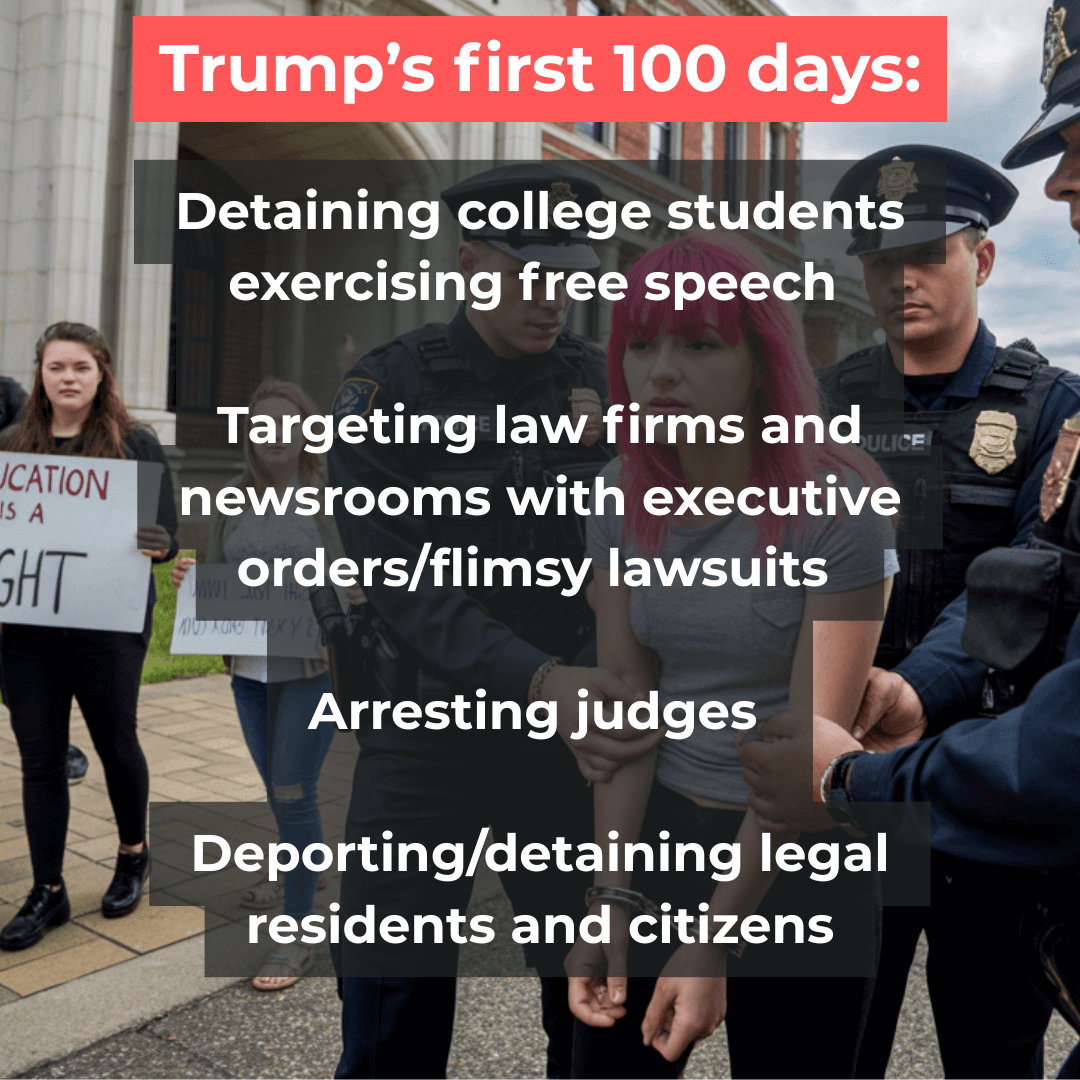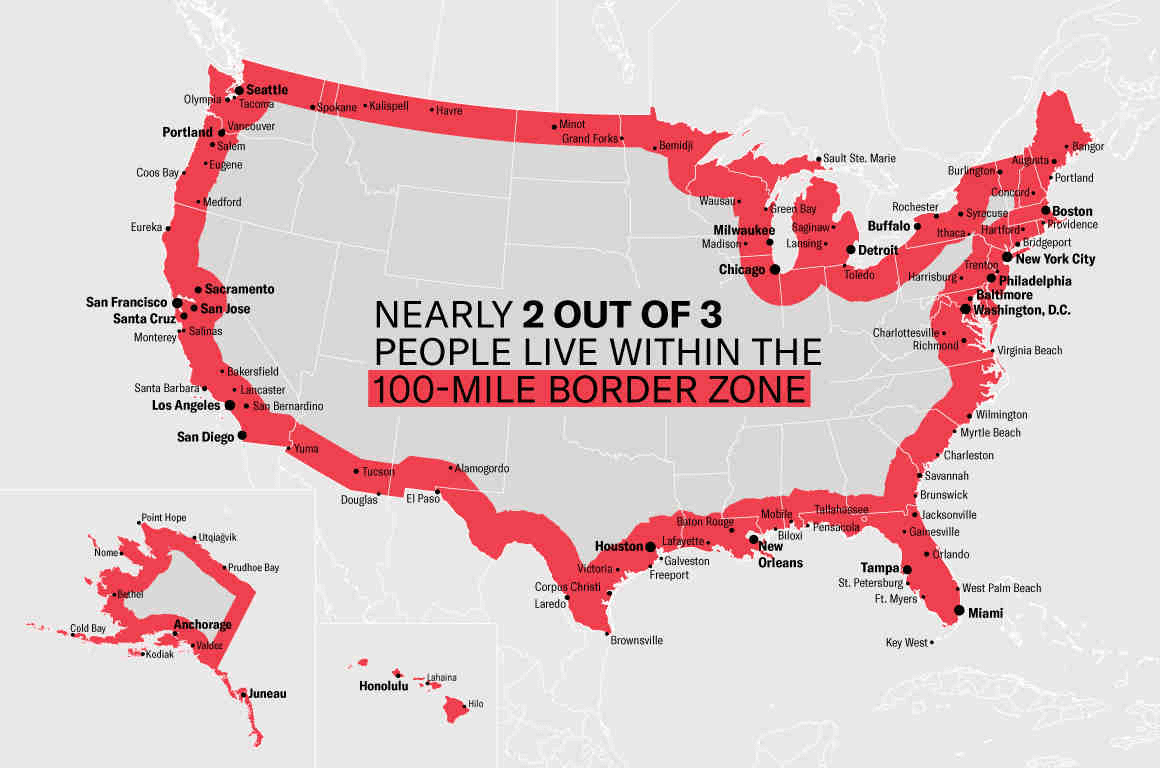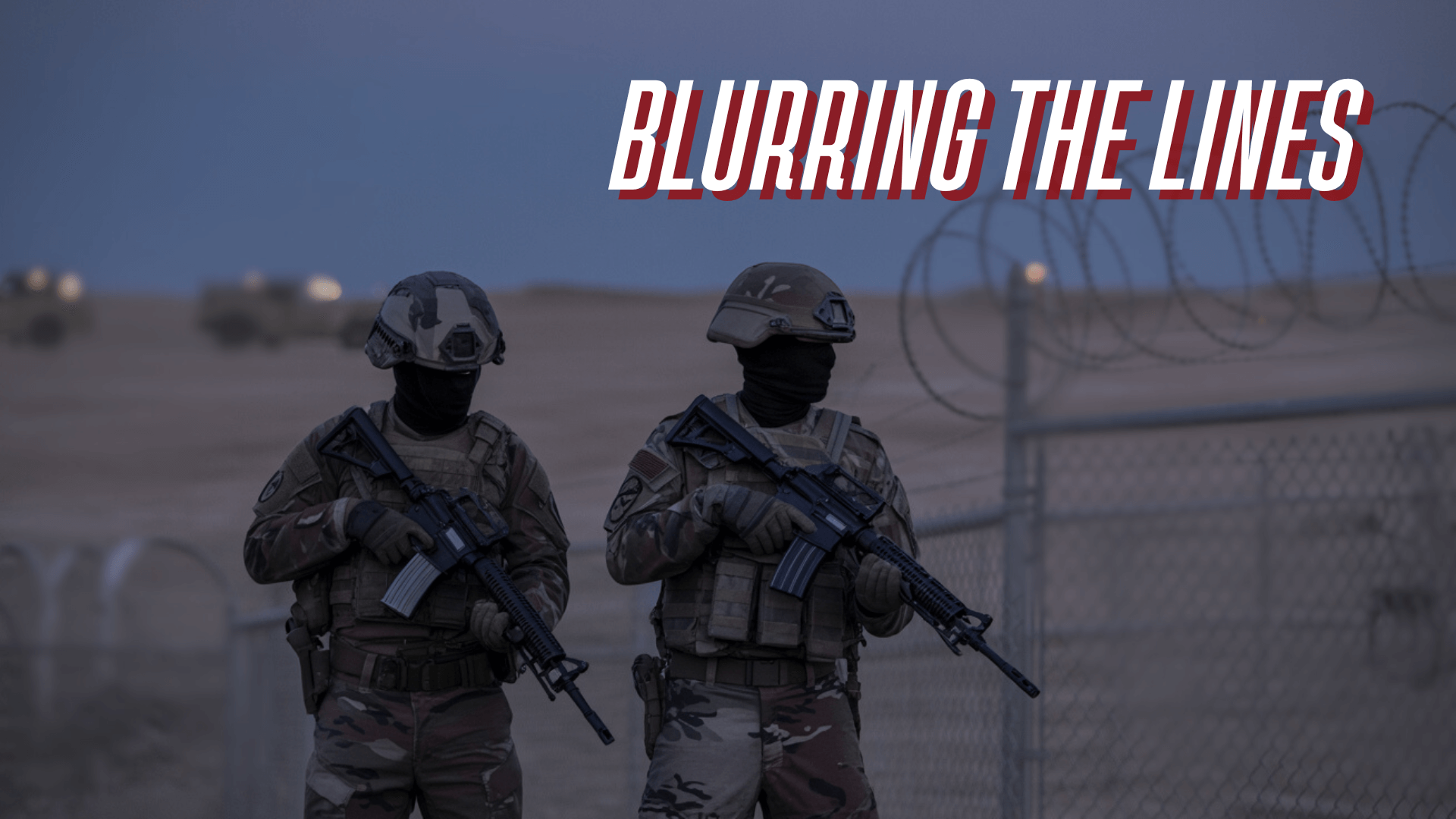You may have heard that border crossings are down — way down. In fact, they’ve dropped by 93% since last year.
In April of this year, there were 8,383 encounters with immigrants at the Southern Border, compared to 128,895 in April of 2024. That matches a 95% drop in March, according to US Customs and Border Patrol.
You’d think this would mean fewer troops and less fuss along the border, right? Yet, it’s the opposite.
Despite the decrease in border activity, Trump sent troops to the area. The Trump regime is even building a massive 400-square mile military installation along New Mexico’s southern border. As Heath Haussamen noted recently, it’s already threatening hunters and residents in the region.
So, what’s really going on here? Is it about fixing our broken immigration system? Nope. Is it about keeping us safe? Not quite.
The truth is, Trump and his team are trying to change fundamental rules about how our military operates on U.S. soil. They want to blur the lines between military and civilian law enforcement.
This move has serious consequences for every American, as the Global Project Against Hate and Extremism recently pointed out:
The historical significance of this legal distinction cannot be overstated. The Posse Comitatus Act emerged from the tumultuous aftermath of the Civil War when federal troops remained stationed across the South. Its passage reflected deep American skepticism toward using standing armies for domestic control — a principle dating back to the founding era’s rejection of British military policing and a key aspect of democracies.
Trump has shown that he’s willing to use the military to silence dissent and limit free speech, notably deploying the National Guard in Washington D.C. during 2020’s peaceful protests surrounding George Floyd’s murder.
This week, the Department of Homeland Security requested approximately 20,000 National Guard to work on immigration/deportation actions in the interior, though it is not clear if this is legal or enforceable.
He’s also repeatedly suggested deploying troops to quell protests and unrest, and recently upped the stakes with an executive order to inject military and national security assets into domestic policing and law enforcement.
The first few months of Trump’s second presidency have made it clear: if you disagree with him, even if you’re following the law, you might become a target.

The Unseen Reality of Life on the Southern Border
You may be surprised to know that nearly 75% of Americans live within the Border Patrol’s 100-mile inland jurisdiction. For those who call Southern New Mexico home, the militarized checkpoints and constant presence of law enforcement are all too familiar.

Graphic credit: American Civil Liberties Union (ACLU)
New Mexico’s border communities have been over-policed and over-militarized for years. Many families can’t attend events in their own counties without facing harassment and searches. They face the risks of living in an occupied zone.
Since the 1990s, multiple presidents – Democrat and Republican – have increased the militarization of our border. That foundation has now given Trump the keys to take things into overdrive.
And we’re not just talking about Border Patrol or ICE — we’re talking about a mix of state police, local law enforcement, sheriffs, and armed anti-immigrant militias. Given the rural nature of the area, the lack of infrastructure provided to our communities, and now the addition of active-duty soldiers— this is a show of force that’s impossible to ignore.
So why is this escalation happening now? The answer is simple: the Trump regime wants the ability to use the military against all of us and New Mexico is a testing ground for that desire.
This is not just an attack on our communities, it’s an attack on every American and the very foundation of our constitution. No administration – Democrat or Republican – should be permitted to use the military against its own citizens.
We need to speak out against this attempt to further militarize our border and undermine our democratic values. It’s important that we remind our leaders, especially at the local level, that our military is meant to protect us, not control us.

